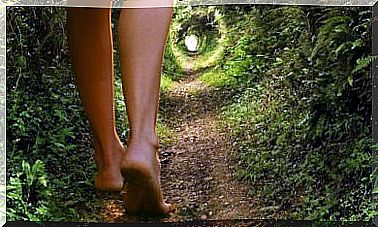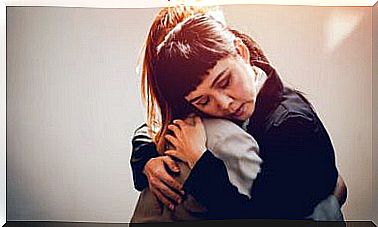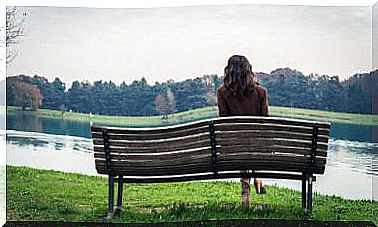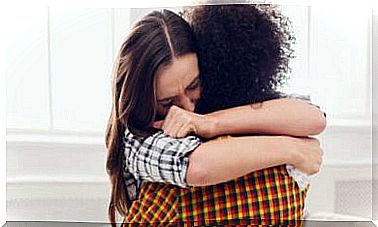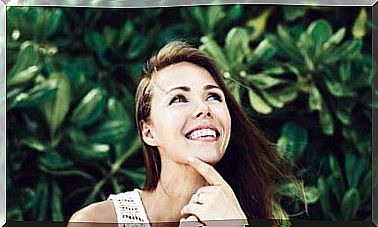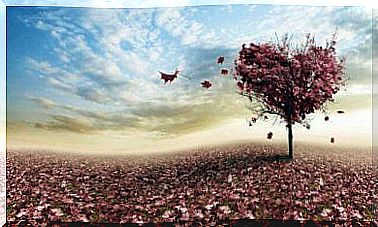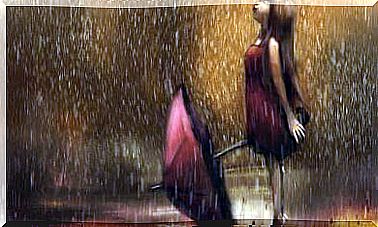The 4 Stages Of Life According To Carl Jung
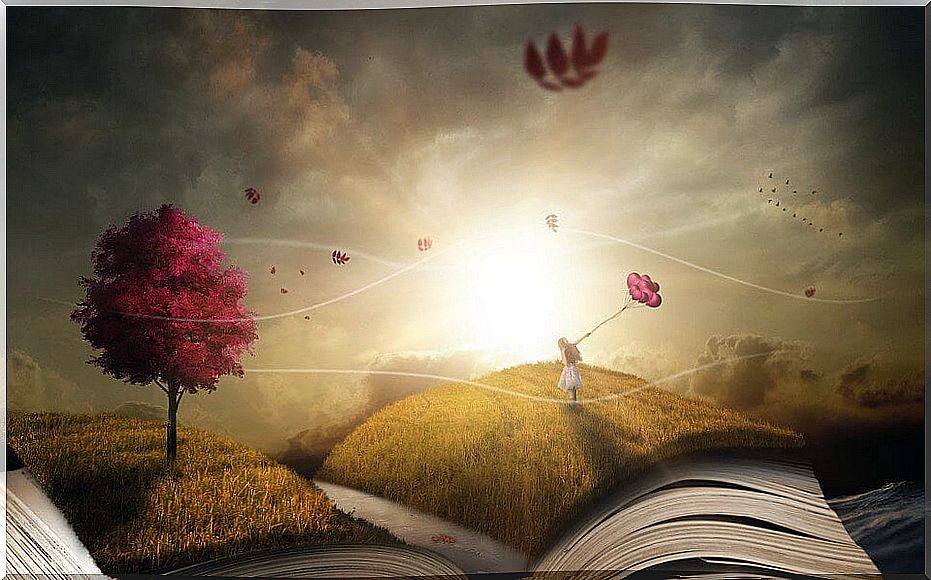
The 4 stages of life according to Carl Jung make up an exercise in valuable reflection for which time does not pass. Thus, the famous Swiss psychiatrist and founder of analytical psychology invites us to those deep and mythical universes of the human psyche, where he reveals concepts so well known to all such as “the collective unconscious”, “synchronicity” or “archetypes”.
It is precisely the latter, the archetypes, that weave and shape his interesting theory of life stages. It was in his work The man and his symbols , the book that was published shortly before his death, where he wanted to convey to the general public the importance of this idea. For him, the symbols and specifically, the archetypes, are images that contain our essence throughout history and culture itself.
They are archaic and universal patterns that are contained in the collective unconscious itself. Bringing them to light, understanding them and reeling off their message will help us to get to know each other better. Also, to improve as people to achieve fullness. Therefore, his idea about the stages of life does not only seek to enlighten us about one more of his ideas or theories.
What he wanted with this is to make us aware of something very specific. Often we go through life believing ourselves competent, we believe that we have all the truths and that nothing can resist us. However, to fully and successfully mature, grow and age, we need to be more humble and more responsive.
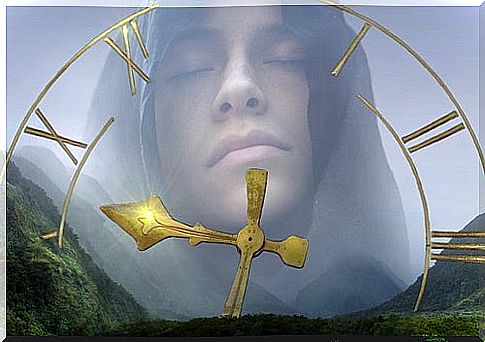
The 4 stages of life according to Carl Jung
It was almost during his last years that Carl Jung turned much of his work towards one goal: enlightenment. Lighting understood as an exercise in the transmission of knowledge. His intention was to facilitate an exercise of reflection to the general public whereby anyone would be able to understand that wisdom is what gives freedom and happiness.
Thus, and taking his own words, “ our vision will only become clear when we look inside ourselves, when we understand our dreams and those processes of our psyche. At that moment, just when we understand what is inside, we will wake up ”. In this way, his theory about the 4 stages of life seeks that same purpose, to wake up, to make us understand what we are and how we can improve.
Let’s get to know it more in depth.
1. The stage of Hercules or the athlete
As we pointed out at the beginning, Jung’s theory on the stages of life starts from the concept of archetypes. In this way, the first phase of our existence represents the figure of Hercules or the athlete. He is indeed a hero, all of him shines, fills us with admiration, represents daring and gallantry, but also the cult of the body.
Hercules represents strength and also body showiness. Thus, during the first stage of life it is common for us to become obsessed with the physical, both for our own and for that of others. We live observing our reflection in mirrors and valuing the beauty and strength of others, as if that set were the key to success.
2. Apollo or the world of the Warrior
Little by little, and according to the theory of the 4 stages of life according to Carl Jung, we are leaving that fixation on appearance to focus on other goals. We want to possess, conquer, accumulate … We rise up as true Apollos in search of new achievements to feel good.
This behavior often leads us to selfishness, to want what the other has, to climb the ranks, to battle in new settings to achieve success. We are materialistic warriors who do not look at the world from the heart and who live centered in the desire for reinforcement, things and new sensations.
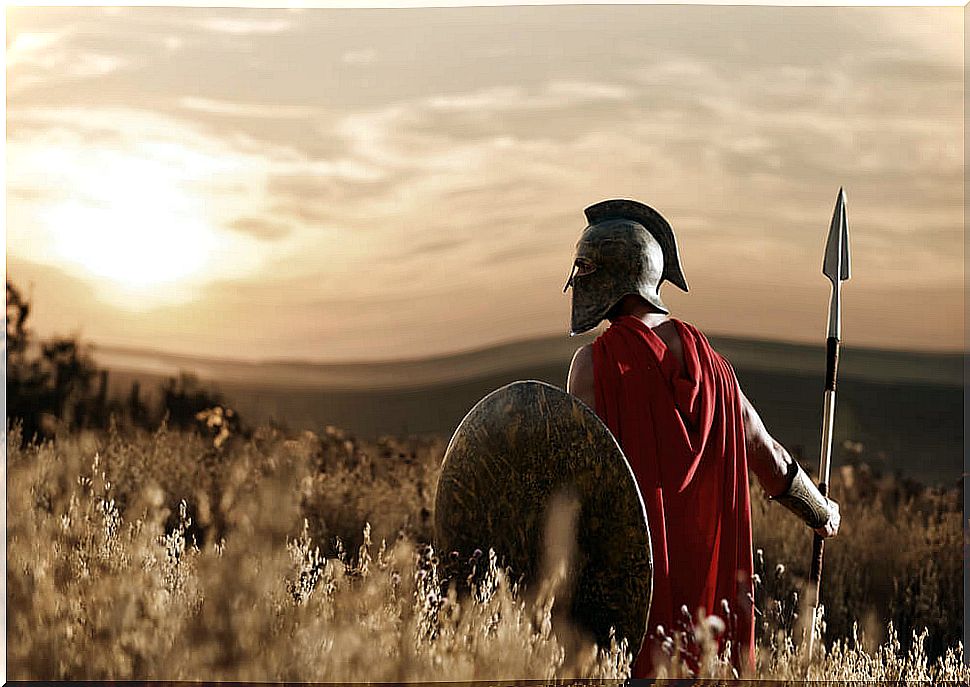
3. The priest or the feeling of lack
In the third stage of our existence, according to Carl Jung’s theory , something quite common happens: the feeling of lack. The human being becomes aware that everything achieved so far does not make him feel complete; craves a change.
This turn of vital sense makes the person turn to others. Therefore, the archetype of the priest is raised, one who stops being attached to the material to focus more on the emotional, on helping his own, on conferring support. Its objective is to “give”, to project what one is, what one feels and possesses for the benefit of others.
4. The spiritual stage of Hermes
In the fourth phase of the theory of the 4 stages of life according to Carl Jung, a moment opens where to take another step. It is where we continue to have the feeling that something is missing in us. Helping others, offering, caring, caring, and even loving is not enough, and therefore we long for something more.
That search takes us to the spiritual plane. We have already transcended the purely material and even the affective, to observe ourselves from the outside and understand that we can still improve a little more. We can do it by being virtuous, cultivating new knowledge, learning, raising knowledge to the maximum to understand, in turn, that everything is connected, that human beings can be exceptional.
This idea fits very well in the words of Lao-Tzu, “Can you get away from your own mind and thus understand all things? Giving light, learning, having without possessing, acting without expectations, leading and not trying to control: this is the supreme virtue »
To conclude, as we have been able to intuit, Jung’s theory of life stages represents our search. In some way, it shapes that path where we can achieve self-realization as we become more humble, less attached to material aspects. A good reflection, no doubt.

